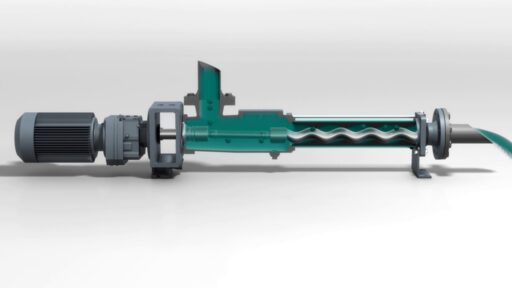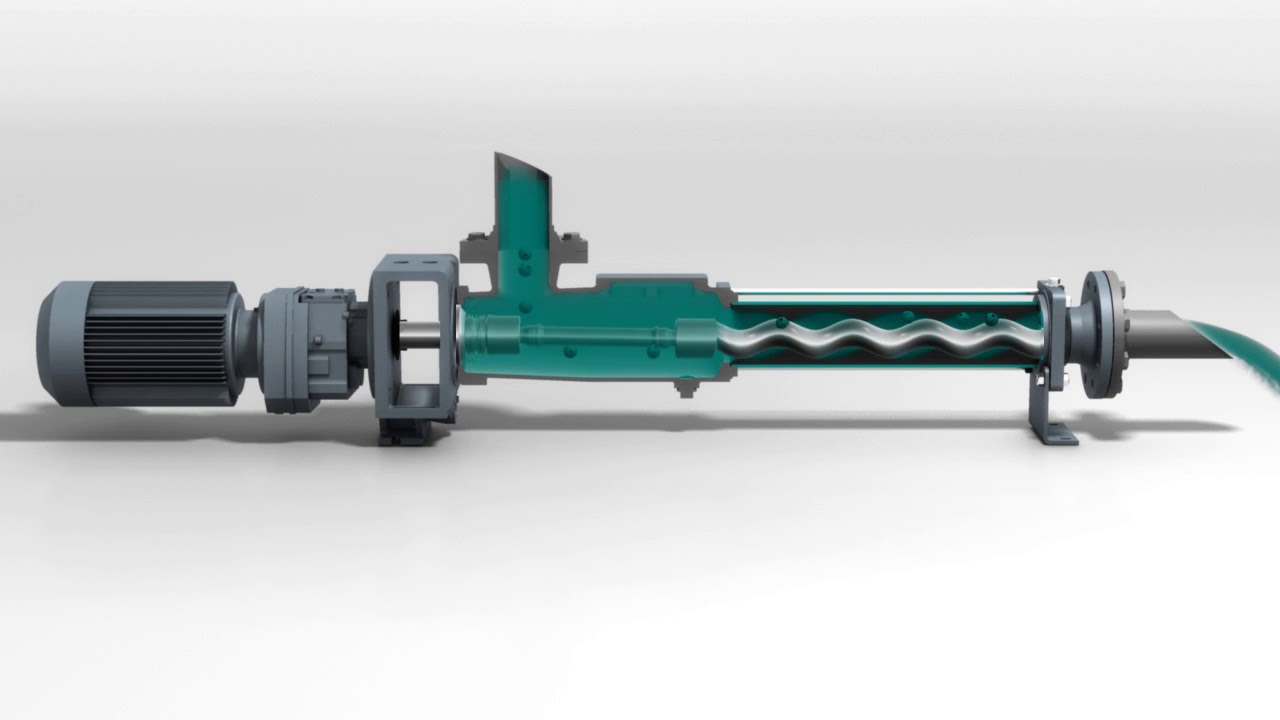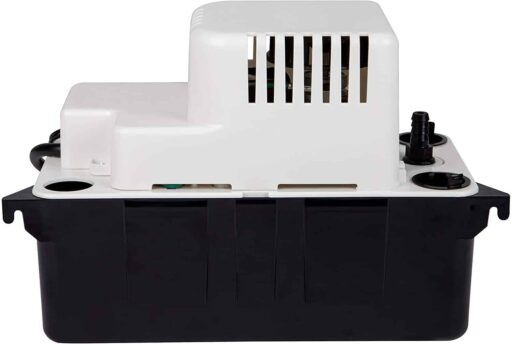Whilst positive displacement pumps and centrifugal pumps are two disparate branches of pumps that are also two of the most commonly used, the differences between them are slight, making it tricky at times to decipher exactly which one should be used in which scenario. To establish the differences and similarities between the two, as well to clarify which pump is more cost-effective and which is best at handling high-viscosity fluids, we have put together this guide.
What are the fundamental differences?
Centrifugal pumps are rotodynamic, which means they work by constantly imparting energy to the liquid through the movement of a propeller, rotor or impeller. Centrifugal pumps are used more frequently than positive displacement pumps, and they owe this status to the simplicity of their design, which also makes them cheaper. With few moving parts, maintenance and repair costs are limited. They are also relatively compact, making them ideal in situations in which space is at a premium.
Positive displacement pumps meanwhile are not rotodynamic, and rely on trapping on a fixed volume of liquid and forcing it through the pump’s discharge. They can be distinguished further from centrifugal pumps by the means by which they impart energy to the liquid. Rotary pumps work through rotation of the pump element, while reciprocating pumps work through a constant back-and- forth motion.
How else do they differ?
The simple structure of centrifugal pumps allows it to be easily replicated in a variety of different materials that cater to a number of different purposes. For example, plastic and cast iron replicas are used for less intensive applications whilst bronze and stainless steel editions are better equipped to cope with more corrosive fluids. The popularity of centrifugal pumps can also then be attributed to this unique kind of versatility.
Positive displacement pumps operate at a slightly lower speed, they are superior in a number of ways.What separates positive displacement pumps from centrifugal pumps (and justifies the gulf in cost) is their ability to maintain their efficiency in spite of varying viscosity, pressure and flow. Their flow rate remains high thanks to their internal clearances.
What are they used for?
Centrifugal pumps are best suited to pumping low viscosity liquids at low pressure at a high flow rate. When faced with a fluid with high viscosity, the flow rate of centrifugal pumps drops dramatically due to frictional losses within the pump and damage and cavitation can even occur. Similarly, if any variations in pressure arise, the performance of the pump will fall. For these reasons, centrifugal pumps are normally used in the transfer of water, or even thin fuels and chemicals.
Positive displacement pumps’ ability to keep a constant flow rate makes them far better suited to pumping fluids with higher viscosities than centrifugal pumps; making them ideal for pumping slurries, oils and sewage. The petrochemical and wastewater industries are popular destinations for positive displacement pumps. One widely respected and esteemed manufacturer of a form of positive displacement pump, progressive cavity pumps, is mono pumps.






